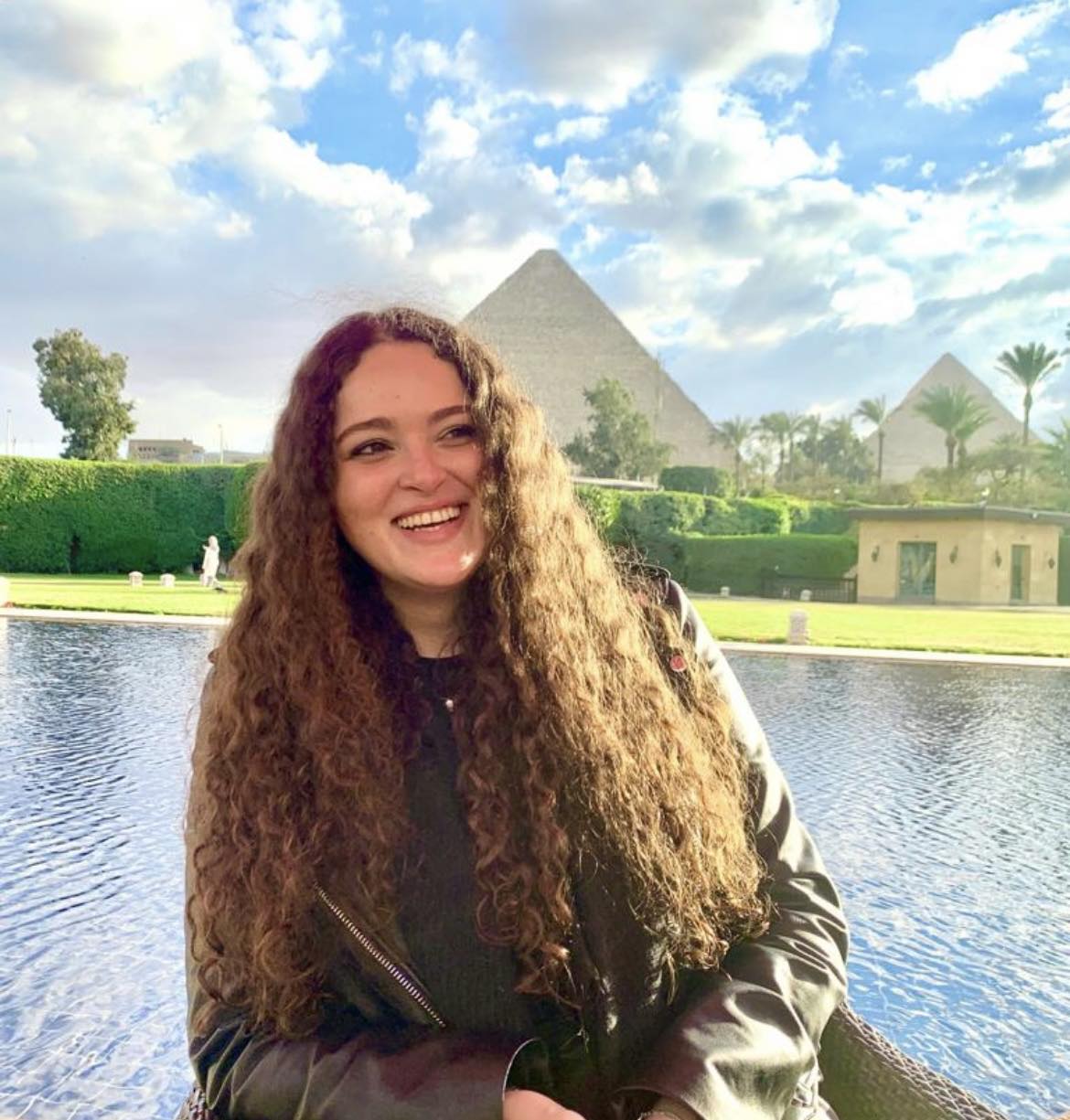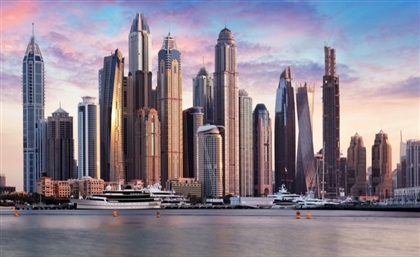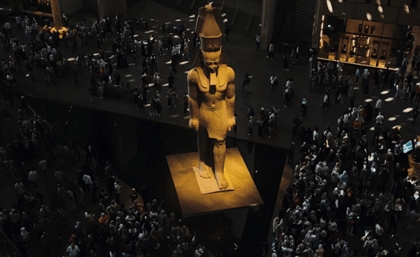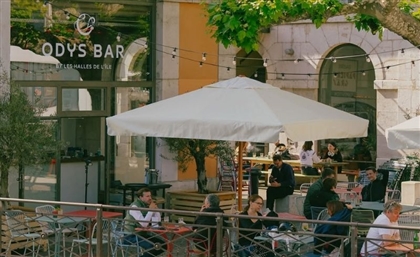Old World Fishing Villages in the Middle East & Beyond
From salt-worn boats in Tunisia to mangrove shores in Iran, we found the region’s most beautiful fishing villages.
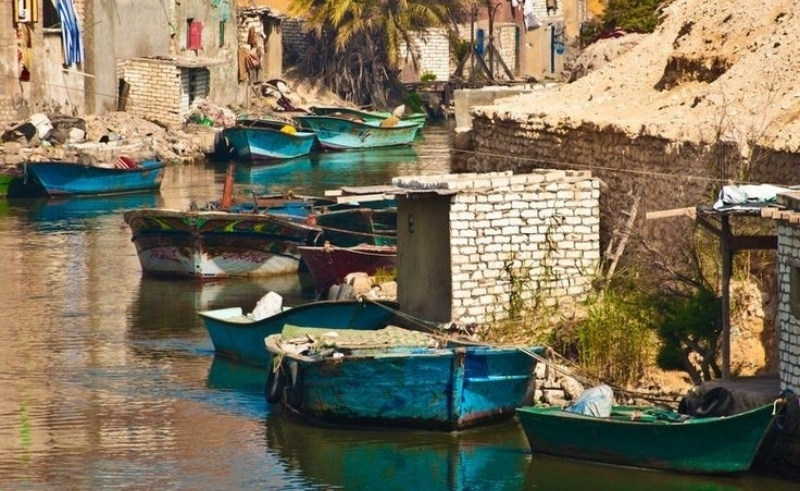
There are places where time curls up like a cat in the sun—where nets dry under salt-stained skies and mornings begin with the low hum of wooden boats pushing off to sea. Along the coasts of the Middle East and North Africa, fishing villages whisper of simpler lives and tidal rhythms, where the catch of the day is more than a meal—it’s a legacy. This guide traces those places. The ones worth getting lost in.
Al Jazirah Al Hamra, UAE
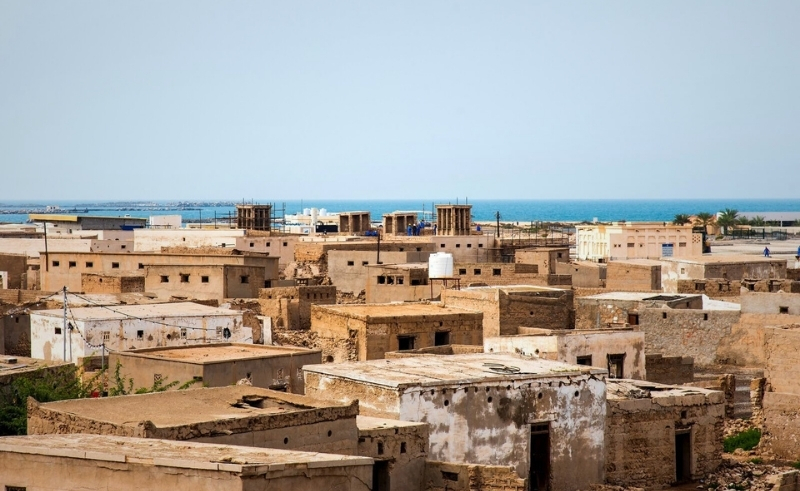
A ghost village with stories baked into its coral-stone walls, Al Jazirah Al Hamra lies quietly near Ras Al Khaimah’s modern skyline.
One of the few remaining traditional pearling and fishing towns in the Gulf, its wind-tower homes and abandoned mosque stand as timeworn sentinels to a way of life that shaped the coast long before the towers came.
Sanabis, Saudi Arabia
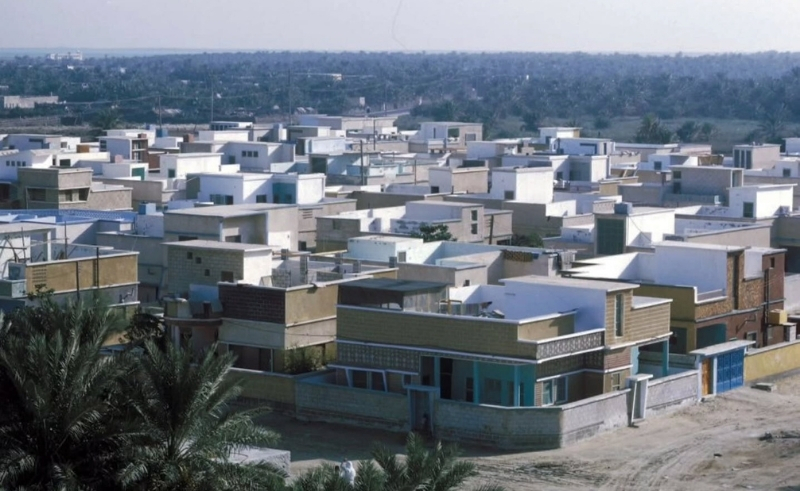
Part of Saudi’s Tarut Island but unmistakably its own, Sanabis is a village where the smell of salt lingers in alleys lined with net racks and tiny fish markets.
Traditional wooden boats—some still handmade—float along a quiet shore, and residents carry on routines that have stayed intact for generations.
El‑Max, Egypt
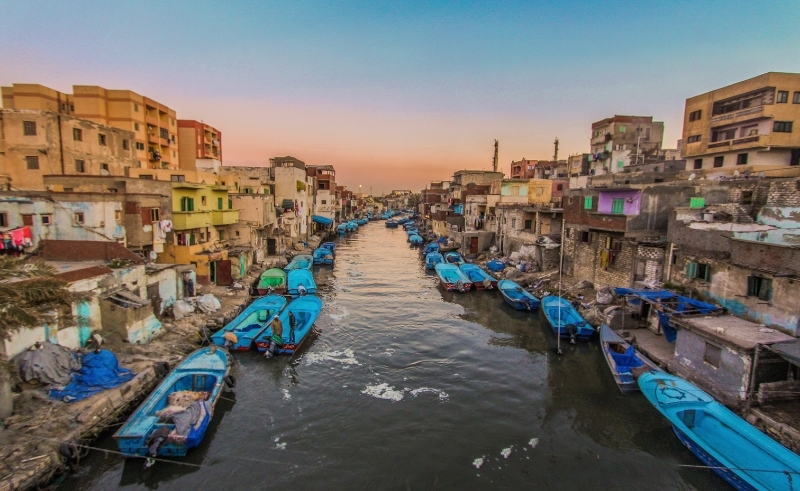
A hidden gem along Alexandria’s Mahmoudiya Canal, El‑Max feels like a village caught in a painting.
Often dubbed the “Venice of Egypt,” this tight-knit neighbourhood—home to around 3,000 fishermen within a broader population of 15,000–30,000—features narrow waterways lined with colourful boats and local residents still mending nets by hand.
Crumbling facades and sea‑salt air lend a cinematic stillness to daily life, where seafood is as fresh as it gets. However, environmental stressors like pollution, coastal erosion, and rising sea levels have led to recent demolitions and partial relocations of the community
Laft, Iran
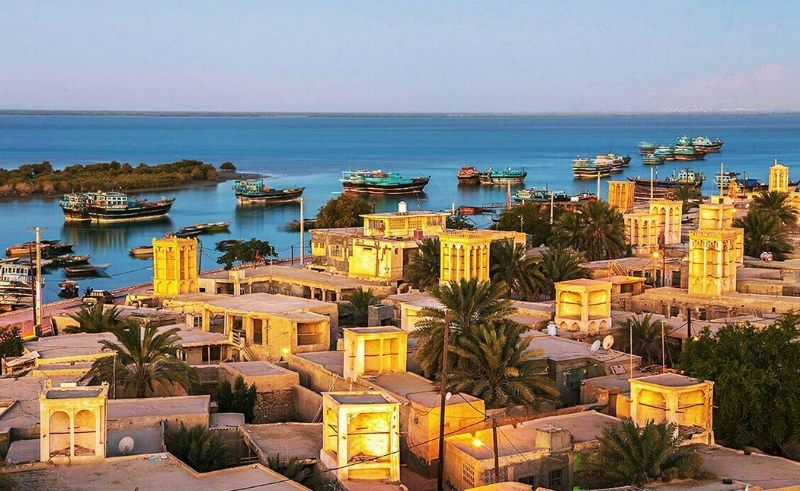
Set among the mangroves of Qeshm Island, Laft is a postcard from the past.
Windcatchers (badgirs) rise above its winding alleys, where salt pans still shimer under the sun and hand-carved wooden lenj boats rest quietly along the shore.
With fewer than 150 residents, the village moves at the slow rhythm of tides and tradition.
Ras Al Hadd, Oman
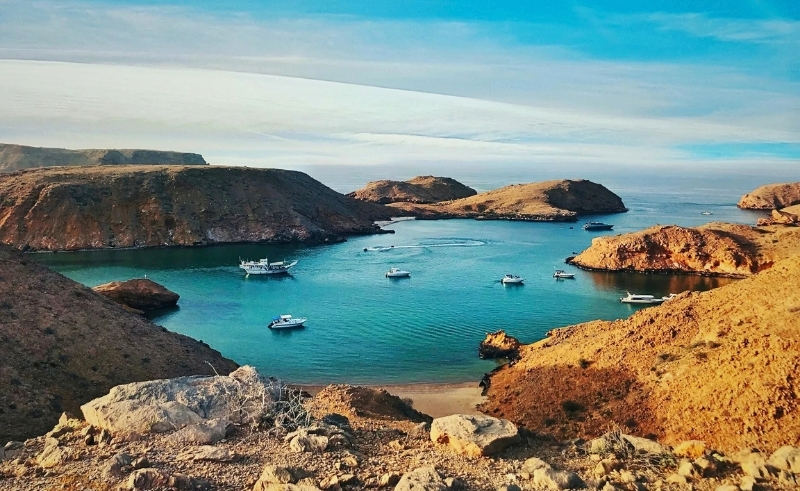
Where the Arabian Sea meets the Gulf of Oman, Ras Al Hadd greets each day with wooden boats easing into the surf and gulls wheeling above.
This quiet village, framed by golden dunes and watched over by an old fort, is home to one of the Indian Ocean’s most important nesting sites for green sea turtles.
Guran, Iran
-40bdca44-745e-4e2d-aaa9-50be967d9ef6.jpg)
Guran is where wood meets water.
This little-known village on Qeshm’s coast is part open-air workshop, part living archive—home to boatbuilders who craft traditional lenj dhows by hand, as their ancestors did for centuries.
The scent of sawdust mingles with sea air, and the echo of hammers speaks of a craft that has outlasted empires.
Kumzar, Oman
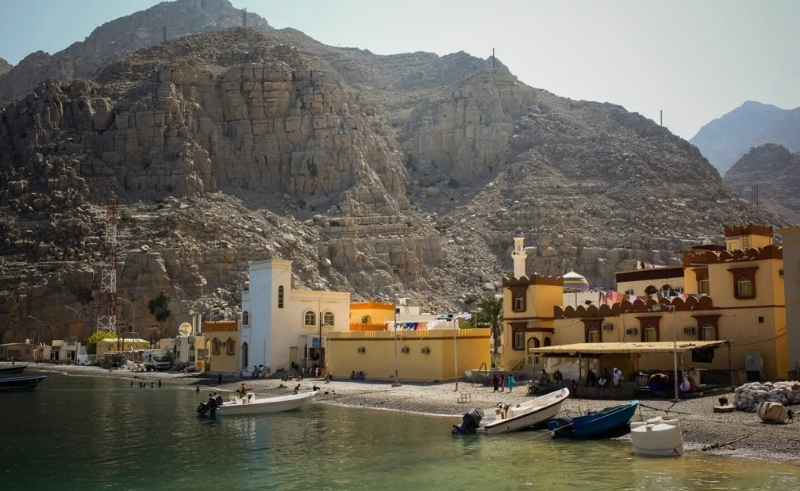
Tucked away at the northern tip of the Musandam Peninsula, Kumzar is one of Oman’s most remote fishing villages—reachable only by boat.
Towering cliffs wrap around the village in a sheltered bay overlooking the Strait of Hormuz, with dolphins often accompanying boats as they arrive.
Life here feels paused in time. Locals speak Kumzari, a rare Southwestern Iranian language influenced by Arabic, Persian, Hindi, and Portuguese, spoken nowhere else except in this enclave and a few nearby communities.
Expect narrow stone alleys edged by traditional homes, bright wooden boats bobbing offshore, and stories handed down like heirlooms.
Al-Dalma Island Village, UAE
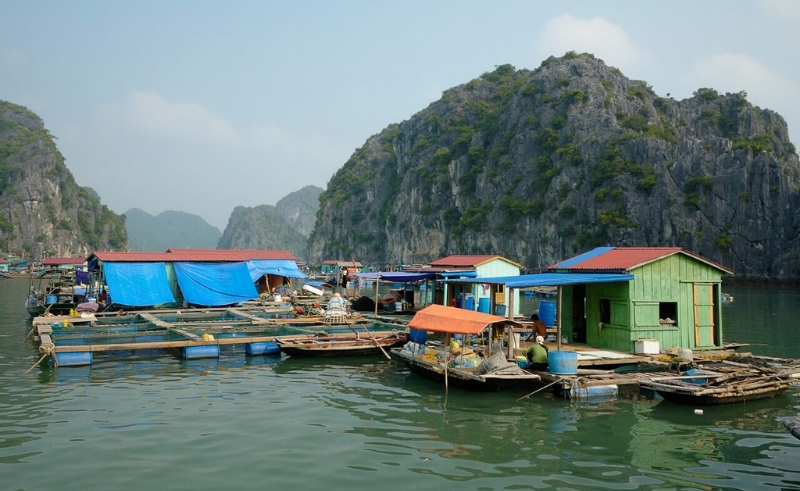
Off the western coast of Abu Dhabi, Dalma Island moves to the rhythm of tides and tradition. Its village is slow and sandy, shaped by salt breezes and time—not tar and steel.
The roads remain dusty and unpaved. Wooden dhows float offshore, and residents—descendants of pearl divers and fishing families—still gather to trade stories beneath porch lights on warm evenings.
Despite touches of modernity—a small airport, occasional ferries—the island holds fast to its heritage, from pearl-diving relics in quiet museums to mosque domes that catch the last light of day.
El Attaya, Tunisia
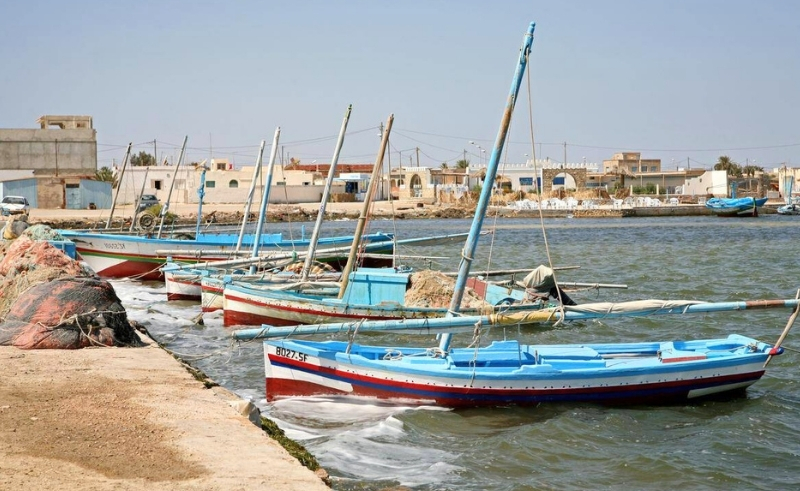
Salt-tinged and sun-drenched, El Attaya rests on the unhurried Kerkennah Islands—where the Mediterranean forgets to rush.
Palm-frond fishing traps known as charfia still stretch quietly into the shallows, undisturbed by time or tide.
This is where you wander. And wonder. And stay just a little longer than you meant to.
- Previous Article Veteran Actor Sayed Sadek Passes Away at 80
- Next Article Palestinian Collective BLTNM to Host Showcase in Amman Sep 18th







